I thought I’d use today’s newsletter as an introduction to progressive overload. This concept is an essential part of exercise, but is so often misunderstood or misinterpreted.
Progressive overload is a simple concept. It involves continually increasing the demands placed on the body during exercise. This increases the challenge and allows the body to adapt and gradually improve. When applied correctly, progressive overload can lead to greater gains in strength, size, and conditioning.
The key to successful progressive overload is to increase the workload gradually. You won’t see results overnight, but if you make small, consistent changes to your program, you will eventually notice results.
When it comes to strength training, increasing the weight is the most common form of progressive overload. However, there are other ways to achieve overload, such as increasing the number of sets, reps, or exercises. You can even focus on your form and aim for greater control and stability.
Other forms of exercise often rely on increasing the duration or intensity of the workout. For example, you can increase the speed of a run, the difficulty of a hike, or the length of a swim.
Progressive overload should be tailored to each individual’s goals. Make sure you’re challenging yourself, but avoid pushing your body too hard or you could risk an injury. Remember, it’s important to listen to your body and take regular breaks to rest and recover.
Now that you understand the basics of progressive overload, you can begin to experiment and find what works best for you. With patience and dedication, you can make steady progress towards your fitness goals.
Of course, all of this is made easy when you sign up for 1-1 coaching with me, as I’ll do the hard part for you, you’ve just got to move the weights ;D
Reply to this email with “2023” or send the same to my IG DMs and we’ll get you on track to make this the year you meet your fitness goals!
Thanks as always,
CP
